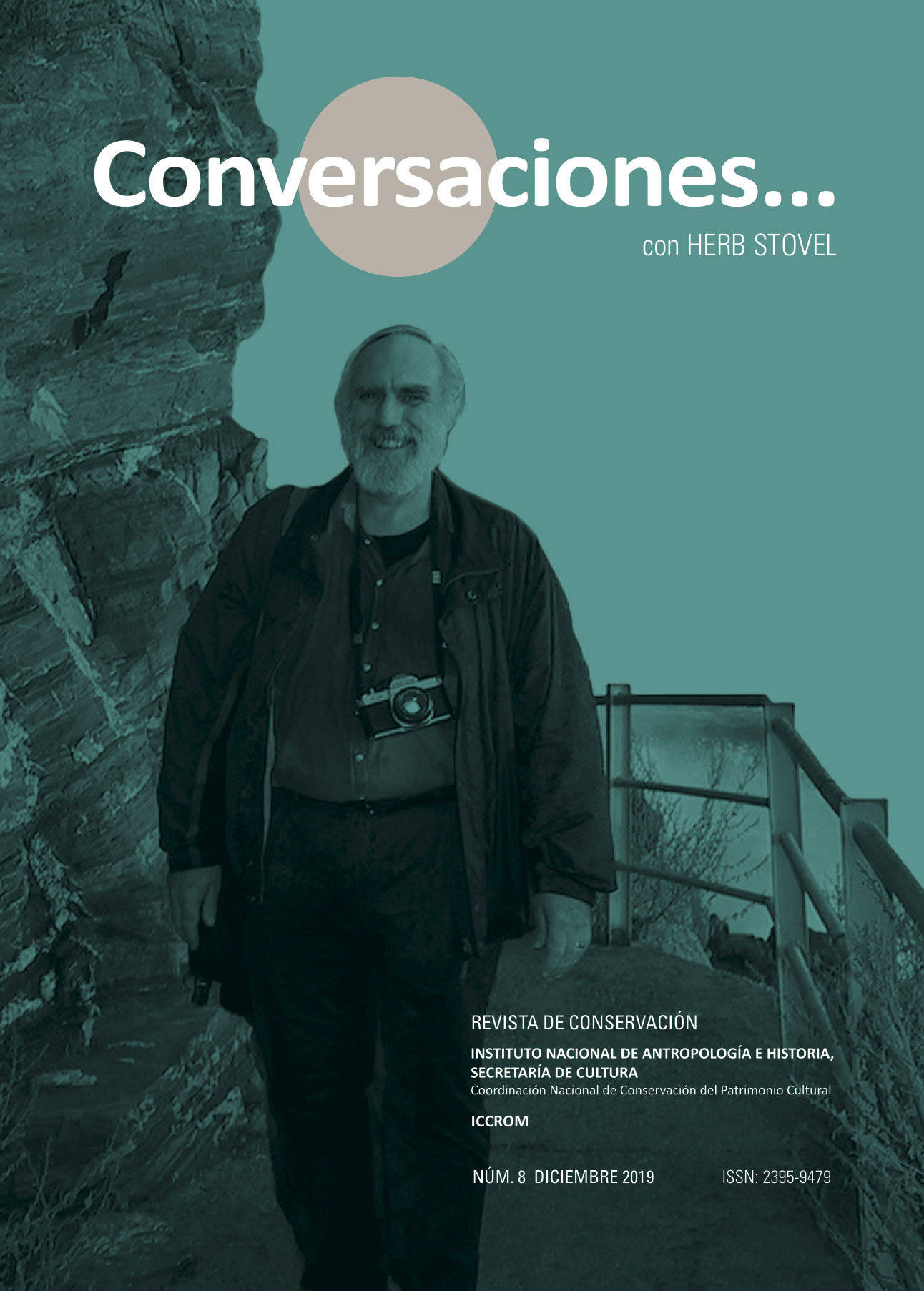Publicado 2020-05-20
Cómo citar
Resumen
Placing the Nara document on authenticity and Professor Herb Stovel’s contribution at its core, this article brings forward key considerations on risk preparedness, recovery, and heritage management. Stovel stressed that the field of cultural heritage needs to work closely with civic defense agencies to establish place of heritage in the chain of command for disaster preparedness, response, and recovery. This would necessitate that risk management be integrated in the overall management system for heritage sites. By presenting several examples, the article further discusses how judgment on values and the credibility of information sources in specific cultural contexts as advocated by the Nara document have a strong implication for the holistic, sustainable, and resilient recovery of cultural heritage. Such an approach seeks to take into consideration multiple narratives of values, balancing these with considerations for vulnerability reduction to achieve optimum safety. It further stresses the need to move beyond the authenticity debate and consider sustainability and human development as key parameters for the recovery of cultural heritage. The article concludes with the author’s reminiscences of Prof. Herb Stovel based on his personal interaction during 2002-2011. His support for young heritage professionals through the creation of regional platforms like SANEYOCOP and his well-articulated views on the role of charters for guiding conservation practice are certainly valuable contributions that will continue to guide generations of heritage professionals.
Descargas
Referencias
- ICOMOS Australia (2013) Australia ICOMOS charter for places of cultural significance, The Burra Charter, ICOMOS Australia [https://australia.icomos.org/publications/charters/] (accessed on 6 October 2019).
- Jigyasu, Rohit (2001) “From natural to cultural disaster: consequences of the post-earthquake rehabilitation process on the cultural heritage in Marathwada region, India”, Bulletin of the New Zealand Society for Earthquake Engineering 34 (3): 237-242.
- Jigyasu, Rohit (2014) “Considerations on authenticity in post-disaster recovery of cultural heritage”, in: Gamini Wijesuriya and Jonathan Sweet (eds.), Revisiting authenticity in Asian context, ICCROM, Rome, pp. 207-218.
- Jigyasu, Rohit (2018) “Post disaster recovery of cultural heritage: challenges and opportunities”, in: Proceedings of the international conference on reconstruction: the challenges of World Heritage recovery, Warsaw, 6-8 May 2018, National Board of Poland, Warsaw, pp. 95-129.
- Nara document on authenticity (1994) Nara document on authenticity [https://www.icomos.org/charters/nara-e.pdf] (accessed on 6 October 2019).
- Ranjitkar, Rohit, Erich Theophile, and Liz Newman (2016) Seismic Strengthening of Historic Newar Buildings, Patan Darbar Earthquake Response Campaign, Documentation of work to date, Kathmandu Valley Preservation Trust, pp. 64-98.
- Sen, Amartya (2006) Identity and violence: the illusion of destiny, Penguin India, Delhi.
- Stovel, Herb (1994) Risk preparedness: a management manual for World Cultural Heritage, ICCROM, Rome.
- Stovel, Herb (2008) “Origins and influence of the Nara document on authenticity”, APT Bulletin 39 (2/3): 9-17.

